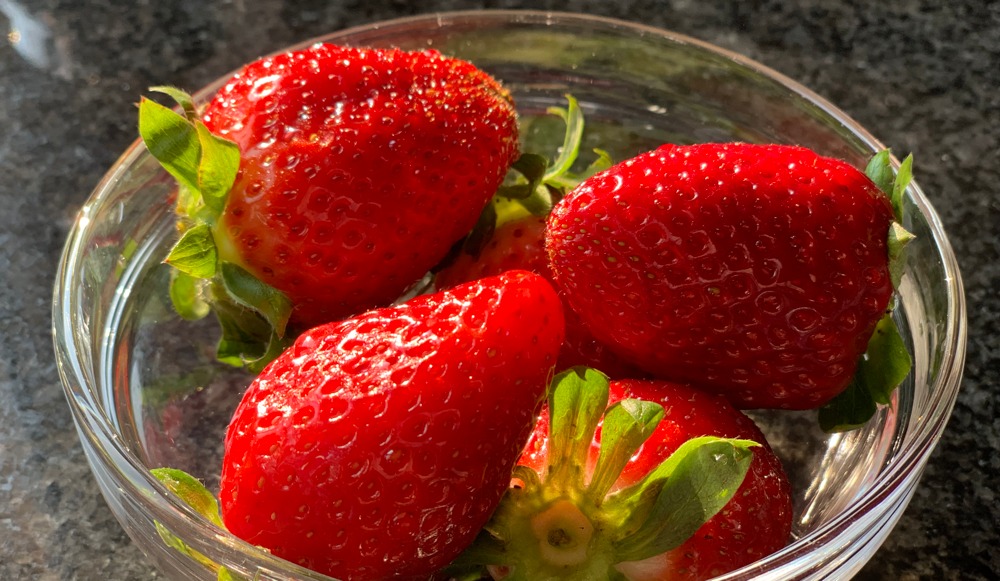Histamine intolerance

The average daily intake of histamine from food is about 4 mg. A healthy person can tolerate approximately 10 mg. Higher doses cause mild symptoms of poisoning, the ingestion of 100–1000 mg causes considerable poisoning. Everybody who has experienced food poisoning before knows the drastic consequences.
Histamine intolerance occurs when the enzymatic degradation capacity is insufficient to eliminate the daily amounts of histamine in the body. As a consequence, histamine accumulates in the system and can cause severe adverse reactions. Approximately 1 % of the population are affected, although the number could be higher, since the diagnostic measures are not fully developed yet.
Histamine intolerance occurs when the enzymatic degradation capacity is insufficient to eliminate the daily amounts of histamine in the body. As a consequence, histamine accumulates in the system and can cause severe adverse reactions. Approximately 1 % of the population are affected, although the number could be higher, since the diagnostic measures are not fully developed yet.
Histamine degradation
There are two relevant histamine degradation enzymes: diamine oxidase (DAO) and histamine N-methyltransferase (HNMT). Dietary histamine is predominantly degraded by diamine oxidase, which is formed in the intestinal mucosa. When intestinal histamine is not sufficiently degraded, it can enter the blood stream and reach target sites all over the body, where it can trigger a broad spectrum of dose-dependent symptoms.
Typical symptoms of histamine intolerance
- Runny nose
- Facial rash
- Redness and eczema
- Fatigue
- Sleeplessness
- Diarrhea
- Abdominal pain
- Nausea and vomiting
- Low blood pressure (Hypotension)
- Cramping of the respiratory tracts
- Cardiac arrythmia
Possible causes
There are several reasons for an imbalance between histamine load and degradation enzymes:
- The histamine intake surpasses the degradation capacity.
- The degradation capacity is diminished due to a lack of degradation enzymes.
- When the intestinal barrier is impaired, histamine can pass through the intestinal wall and enter the blood stream unaltered.
- Mast cells react oversensitively and release histamine.
Normally, histamine intolerance is not a hereditary disease, but an accessory symptom induced by other diseases. It is caused by an enzyme deficiency which can be a consequence of inflammatory intestinal disorders, infections, or genetic predisposition. If you suspect histamine related health issues you should consult a specialized physician to rule out severe diseases.
Dietary measures
It is impossible to eat a diet completely free of histamine and other biogenic amines, but the load can be reduced by minimizing the intake of histamine-rich foods and by avoiding foods that trigger the histamine release from mast cells. This requires a very special diet and a nutritionist can help you with the difficult first steps. Special attention should be paid to ensure a well-balanced diet. During pregnancy symptoms of histamine intolerance often diminish, so the diet may not need to be as restricted during that time.
Back to overview
Back to overview


